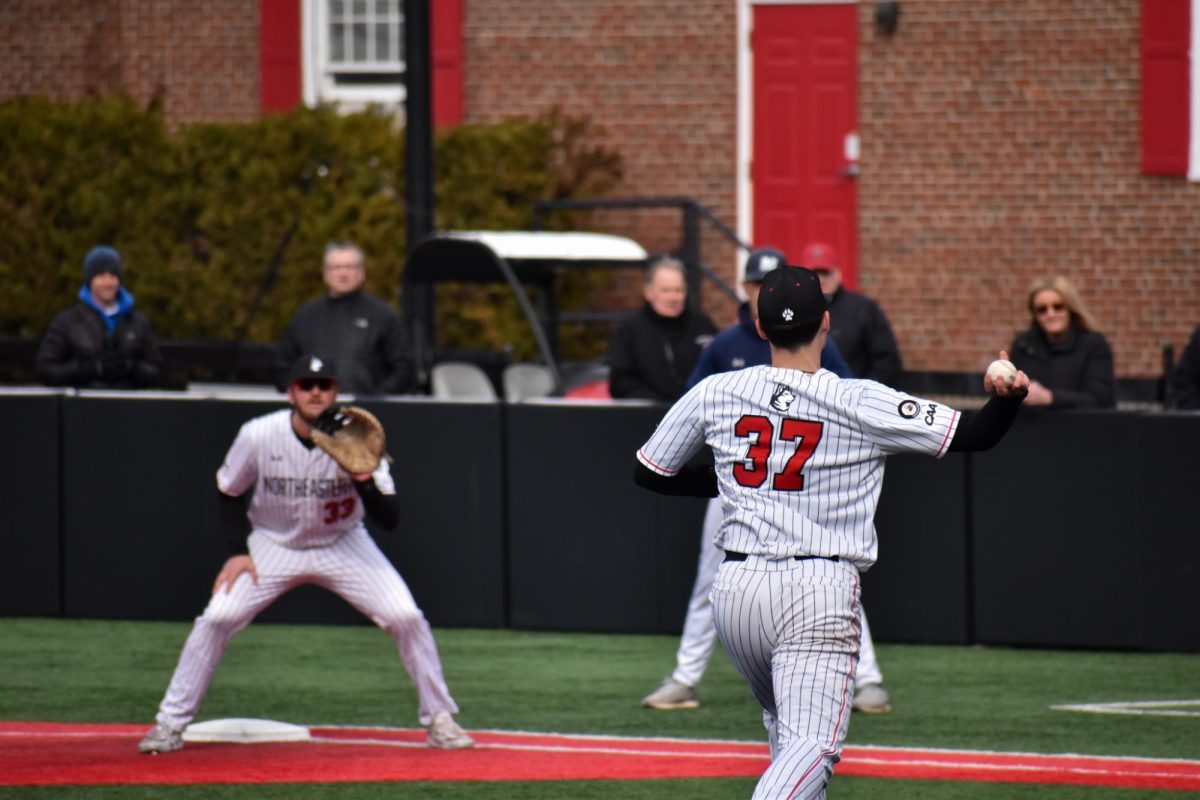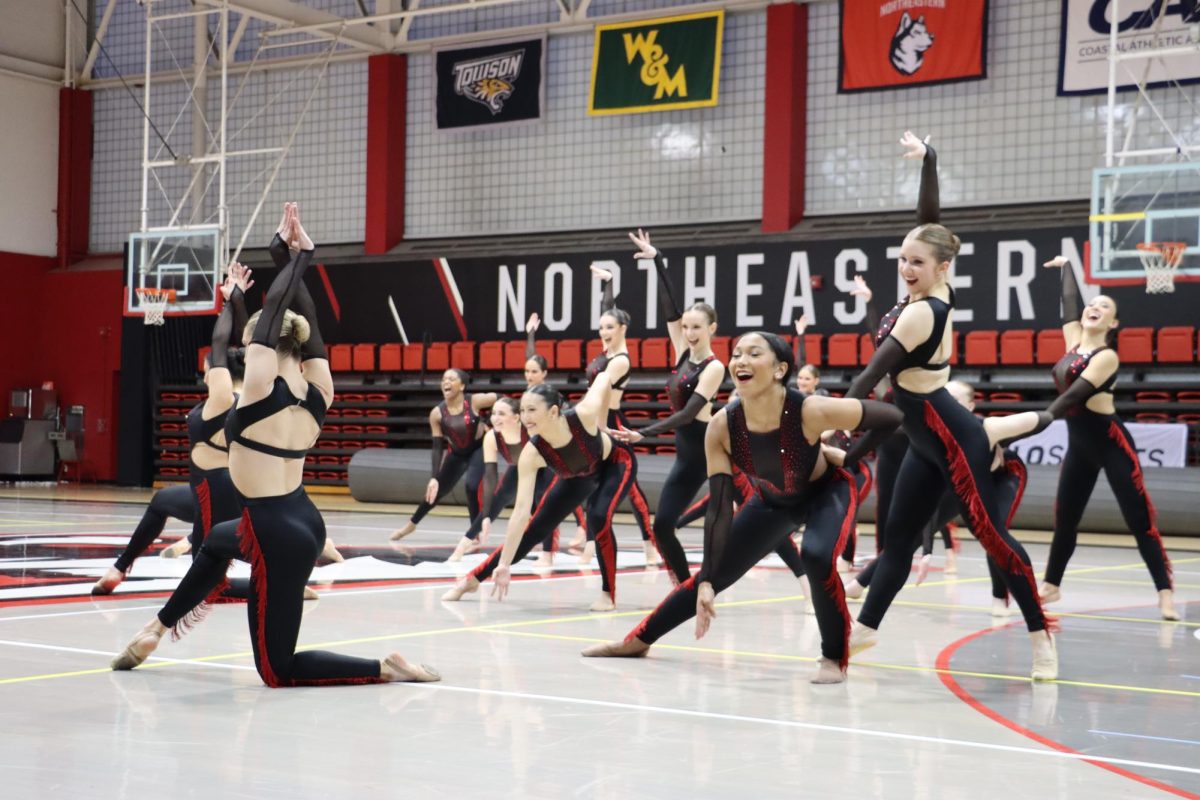Hard to believe, but the MLB’s highest paying team spends almost 10 times as much on its players as the league’s most frugal team. That’s right, while the Yankees are spending $229 million, the Houston Astros are competing with a team payroll of $24 million. With the 2013 season underway, fans have gotten a look at their teams’ lineups while analysts got their first glimpse at league-wide payroll data.
The Bronx Bombers opened the season with Alex Rodriguez, Mark Teixeira, Derek Jeter, Curtis Granderson, Michael Pineda and Phil Hughes all on the disabled list. These six players total roughly $92 million in salary obligations for the 2013 season. If the Yankees disabled list were an MLB team, it would still have a higher payroll than about half of the league.
Critics of MLB spending will use this kind of analysis to underscore the importance of tightened salary cap restrictions, harsher cap penalties and better revenue sharing initiatives to bridge the gap between big and small market teams.
Sensibly, the teams that spend more money will acquire the best talent and be far more likely to win. This is what common sense would dictate. The interesting thing is it isn’t entirely true, or rather, the relationship isn’t nearly as direct as one might expect.
To examine the relationship between a team’s spending and its success, the easiest thing to do would be a league-wide statistical analysis comparing each team’s payroll and win percentage. The resulting r-squared value (the coefficient of determination) from the linear regression would provide a measure of how well payroll can be used to predict win percentage.
An r-squared value of one denotes a very strong relationship between the two variables, while zero suggests the regression line does not fit the data well and that there is not a significant relationship between the two variables.
Using this analysis on the beginning payrolls and results of the 2012 season, there was an r-squared of 0.0381. This would imply there is almost no discernable relationship between the two variables. I was skeptical of the results, and thought they might have been skewed by the uncharacteristically bad years experienced by big market teams like the Boston Red Sox and Philadelphia Phillies. Running the same analysis on the same variables from the 2011 season, the results were even worse – an r-squared of 0.0104.
In statistical terms, that means that 1.04 percent of the variability in winning percentage across the league can be explained by differences in payroll. The remaining 98.96 percent, who knows?
Comparing these results to two other major sports, it’s even more intriguing. Performing the same analysis for the 2012 NFL and NBA seasons, a slightly different story emerges. The 2012 NBA data has an r-squared of 0.2166, while the NFL data produced an r-squared of 0.2216. These both imply a general linear relationship between payroll and winning percentage, but not an overwhelming one.
There are a couple of different possible reasons for these surprising results.
While the MLB has the widest gap in payroll, its range of win percentage is .265, with the Washington Nationals poting a league-best .605, while the lowly Astros only won .340 percent of their games. Comparatively, the winning percentage spread in the NBA and NFL was .565 and .688, respectively. Each of these leagues regular seasons’ have fewer games (NBA: 82, NFL: 16, MLB: 162), and as a result each game has more impact on a team’s final winning percentage.
While an individual game of baseball might not be as physically demanding as a football or basketball game, the length and rigor of the MLB regular season schedule could cause high priced talent to miss substantial time.
Another explanation might lie in the way players are used in baseball. Baseball’s pitchers command huge salaries, but starters only appear every fifth game, and elite closers generally only enter games that the team is already winning. This is drastically different than a quarterback who is under center for every game of the NFL season, or a leading scorer who averages 40 minutes a night in the NBA.
The conclusions from the analysis need to be taken with a certain level of common sense. Even within this statistical analysis, the team that spends over $200M is far more likely to have a better season than the team that spends $25 million. Ignoring outliers, the team that spends $120 million is just as likely to win .574 percent of their games as the team that spends $80 million on players.
Billy Beane might have overcome a limited payroll when he managed the Oakland A’s to success as portrayed in “Moneyball,” but try explaining that to the Astros.
– Dylan Lewis can be reached at [email protected]













